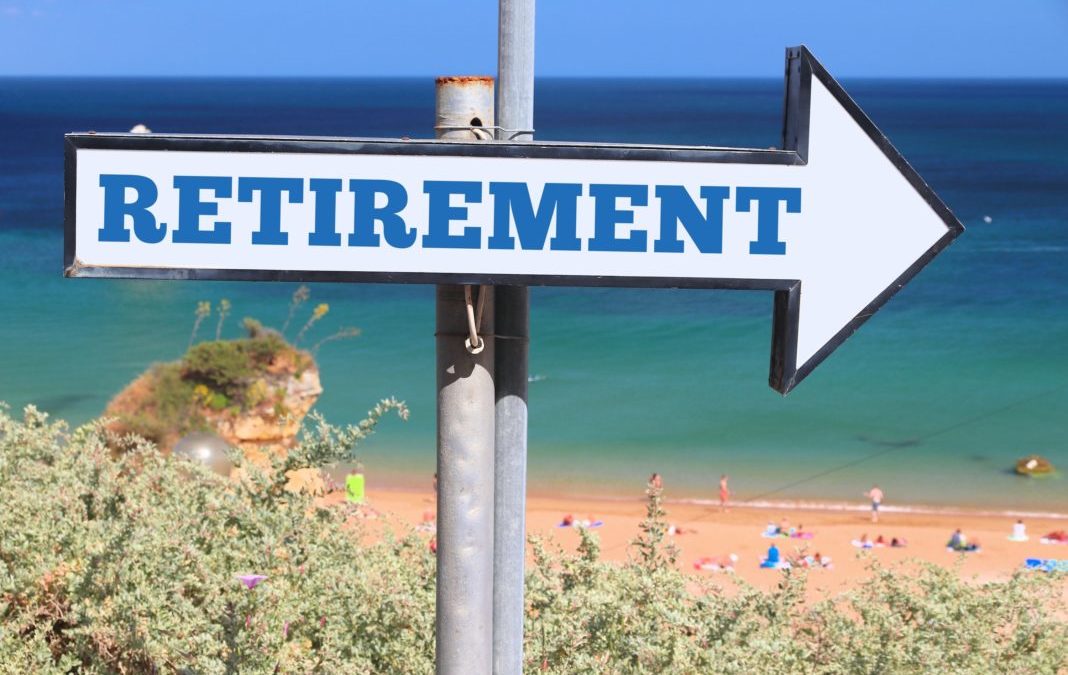Retirement Planning and How Life Insurance Can Help You
“Life insurance is what you buy when you think you’re going to die so that your kids don’t have to pay for your funeral, right?”
There are a lot of misconceptions in the financial world, but life insurance may be the most commonly misunderstood concept of all. Understanding what life insurance is and how to leverage it as an asset can be the secret to creating great wealth for yourself and your family.
Here’s what you need to know about life insurance and Retirement Planning:
Maintain enough term insurance to replace your future income.
Term life insurance is designed to be temporary. If you earn $80,000 a year and want to replace all of that income with a lump-sum nest egg that can sustain itself with a 4% withdrawal, you’ll need $2,000,000 in assets.
If you don’t have $2,000,000 saved or invested yet, make up the difference with term insurance – ideally that will cover you until the age at which you plan to retire.
Don’t dismiss whole life insurance.
Life insurance comes in many different forms, but whole life insurance is the only kind that has guarantees on the premium, death benefit, and cash value. Taking out a whole life insurance policy means you’ll be guaranteed to have a cash value that you can use for whatever you want long before you retire. Whole life insurance is especially useful for married couples who will experience an income reduction when one of them is widowed, and it can be a great property to set up your children or grandchildren with an asset they can use during their lifetime as collateral.
Structure it so you can stop paying for it.
Nobody wants to be paying bills forever, especially in retirement. A whole life insurance policy as part of your retirement planning can be structured so you make one annual payment for a set number of years and then never pay for it again. A 10-year plan structure is recommended.
If term insurance is like renting an apartment and whole life is like taking a lifetime mortgage, then a 10-payment whole life insurance contract is like having a house you pay for over 10 years and then continue to live in forever.
Plus, like creating equity in your home, if you choose to structure payments to a whole life policy for a set number of years, your money will continue to grow forever, even after your payments cease.
Customize it to fit your needs/finances.
When you create your policy as part of your retirement planning, you can choose your contribution limit and death benefit—just like you’d fund an IRA, 401(k), or savings account. Of course, the higher your contribution the greater your death benefit and cash value will be, but you can choose an amount that you can afford without hurting yourself financially.
The cash value is always available.
Once you take out a whole life insurance policy, the cash value will be available for your entire life—you don’t have to wait until you die to use it. My parents decided to take out this type of policy for me when I was 14. I have now used the cash value to buy my first home and as collateral to start my business. A whole life policy that I’ve had for decades has made me more money than any other investment I’ve ever made.
There’s a death benefit.
Although planning for your death is morbid, a whole life insurance policy can offer your heirs a full death benefit, even if you haven’t fully paid it off.
The lesson:
Don’t think of life insurance as a vehicle which will only become valuable when you die. Think of it as a tax savvy income source as part of your retirement planning that you can hold onto and use for your entire life. Buying into a policy early—or buying one for your children—can have incredible financial benefits for your family for generations.
Are you ready to review your retirement plan in light of how life insurance can play its part? Contact us directly for a one-on-one consultation.
(Source: Forbes.com)
